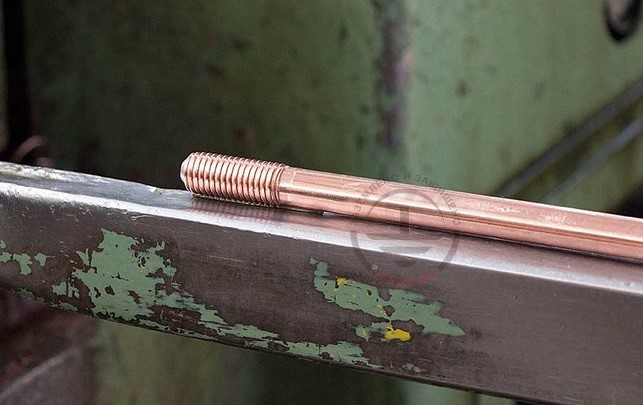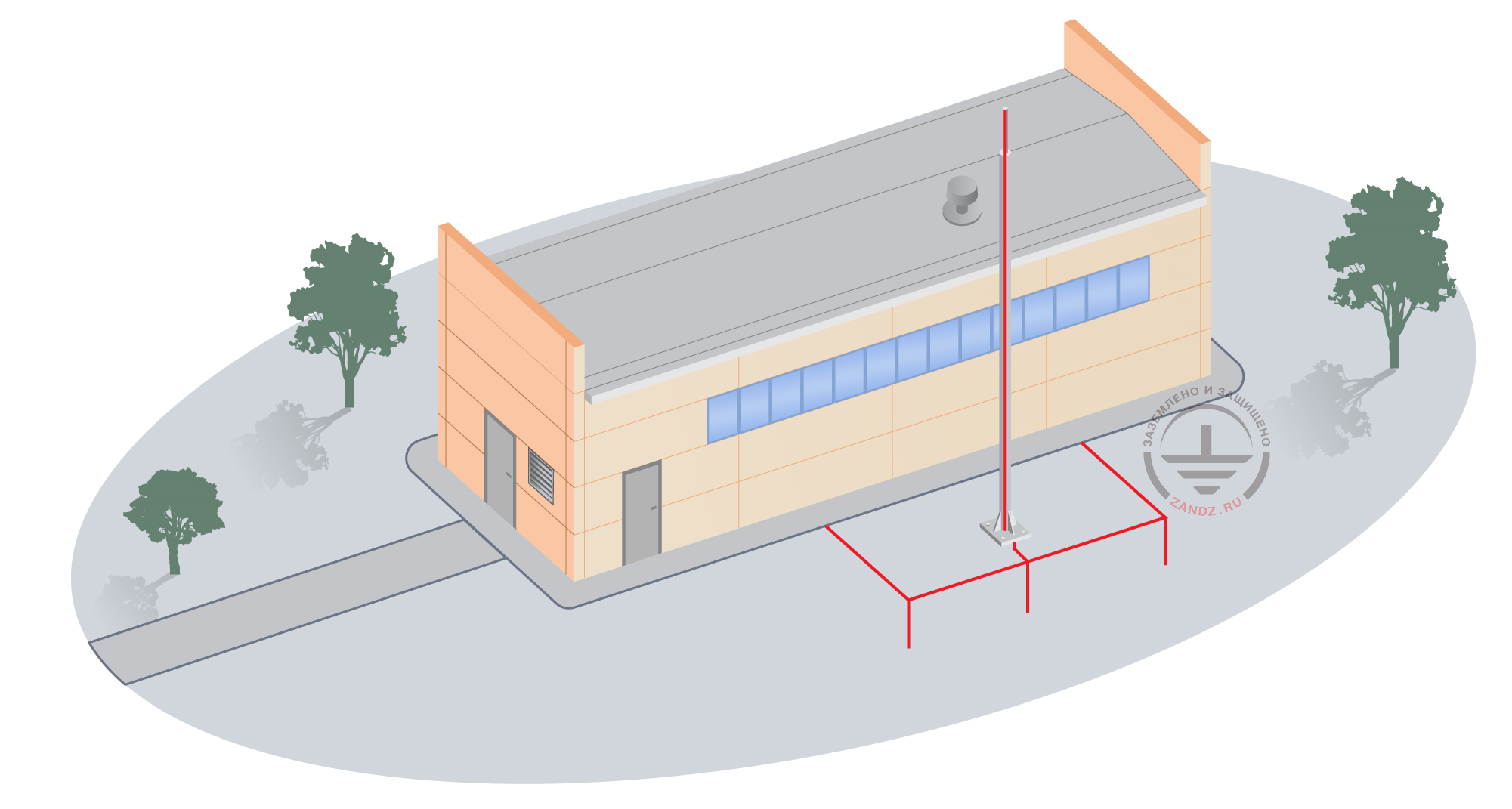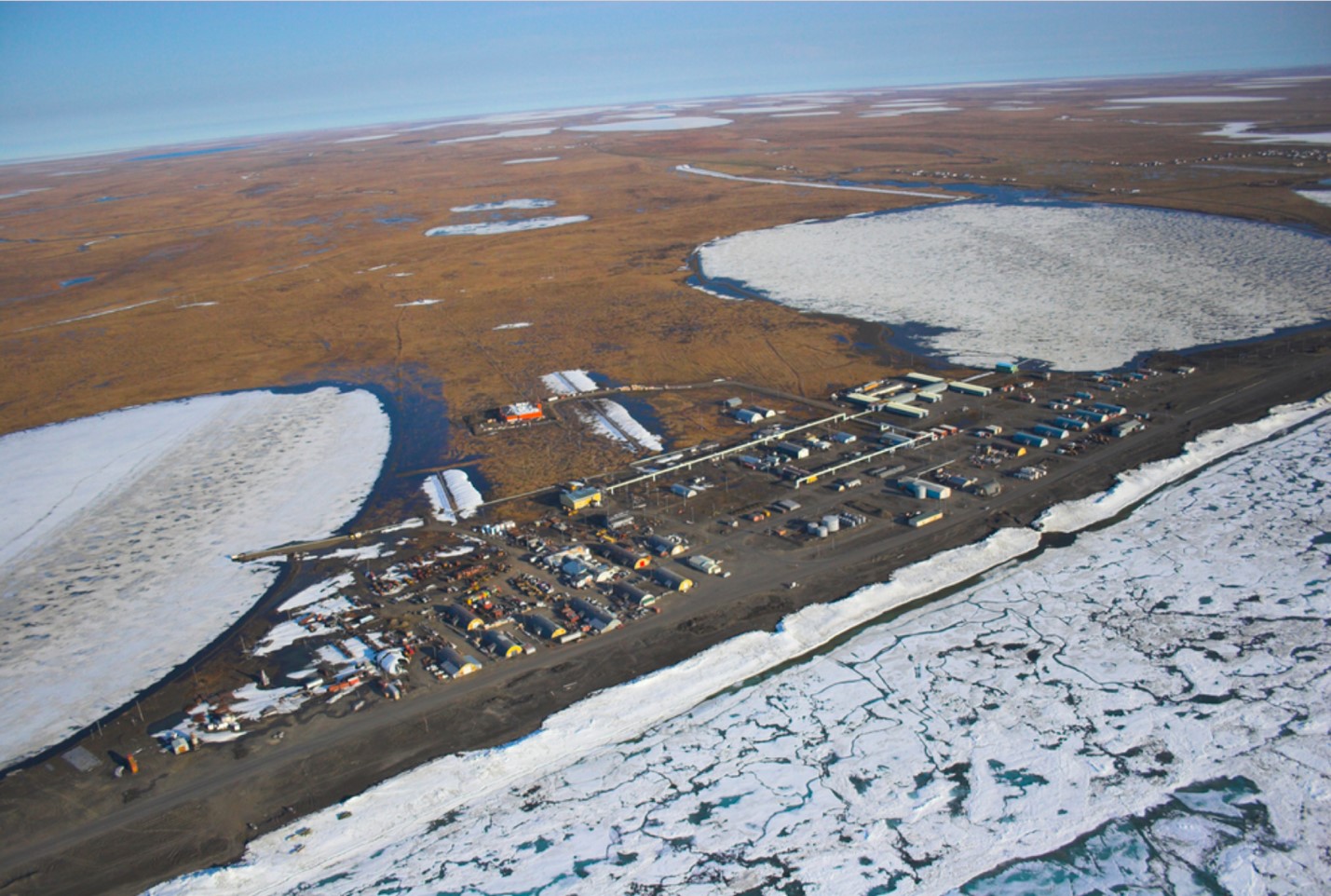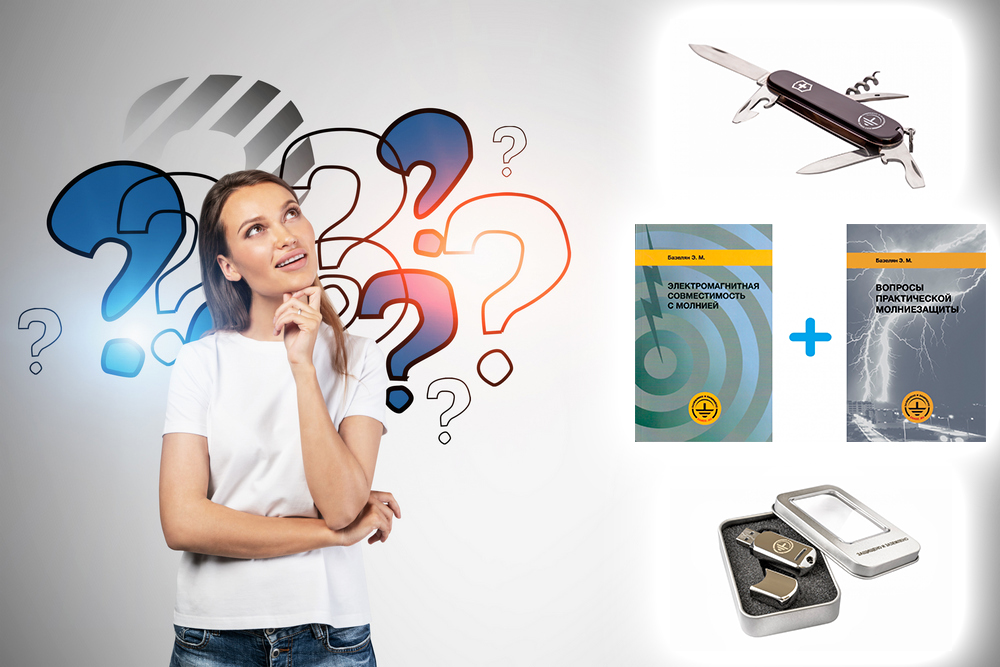Today, many of the issues in the selection and installation of grounding are solved by the customers themselves. But how to be sure that the right materials are selected and correct provisions of the relevant regulations are considered?
Communication with the ZANDZ Technical Centre gives answers to your questions. Asking our technicians you can get more information, saving a lot of time searching for information from the regulatory documentation.
We recommend you learn the most important grounding rules that will give you basic knowledge and will be valuable in the design and installation of grounding.
- In the calculation of grounding you have to know the exact value of soil resistivity in the place of installation of the grounding device. Resistance is one of the factors influencing the choice of type and material of ground electrode systems, as well as the number and depth of the grounding electrodes.
- Measurement of soil resistivity should be best done in the middle of summer in the period of maximum drying of soil. It will allow to be sure that the grounding resistance will never exceed the norm.
- Pay attention to the required resistance! If you don't plan to connect a gas boiler, then for the line voltage of 220 V of a single-phase current source or line voltage of 380 V for clay soil, the resistance should be less than 30 ohms, for sand (with a resistivity of 400 ohm * m) of not more than 120 Ohm. If you use the gas boiler, the resistance should be less than 10 ohms for clay soil and 40 ohms for sandy soil respectively. You can find details about the value of the current spreading reasistance here.
- There should not be isolated ground electrodes in the scheme of the grounding device, ie all the electrodes must be connected with the tape in the ground or united on the ground bus.
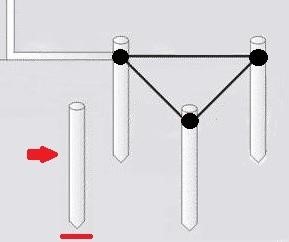
Insulated electrode
- Installation of a vertical electrodes should be best done at the distance of its double length to the next vertical electrode, it will allow to achieve an acceptable utilization value. The horizontal connecting electrode should be laid at the depth of 0.5 -0.7 m from the ground, thereby reducing the influence of external environmental influences and mechanical effects.
- Do not use pipes of flammable liquids, flammable or explosive gases and mixtures, sewer pipes and central heating pipes as natural ground electrodes. These restrictions do not eliminate the need for connection of such pipes to the grounding devices for the purpose of potential equalization in accordance with paragraph 1.7.82 of the EIC 7th edition. Underground metal structures not referring to those listed above, can be used as ground electrodes.
- Use only corrosion-resistant materials! Choose grounding on the base of copper-bonded steel. Copper coating allows to protect the core against rust and extend the life of your contour service from 30 to 100 years.
- You can use reinforced concrete foundations of buildings and structures, having a protective waterproofing coating in non-corrosive, slightly aggressive and moderately aggressive media, metal water pipes laid in the ground, drive pipes, metal piles of waterworks, rail tracks of the main non-electrified railways and driveways in the presence of an intentional arrangement of bridging sections between the rails and other metal structures and facilities in accordance with paragraph 1.7.109 EIC 7th ed. Do not forget that all conductive metal parts of the structure must be connected to the grounding system.
- Use conductive grease! This will improve the electrical and corrosion resistant properties of the connection with the coupler.
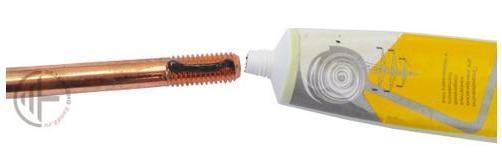
ZANDZ ZZ-006-000 - conductive grease
Think about lightning protection! Before proceeding to the installation of the grounding contour, decide whether you will install further lightning protection, as grounding for lightning protection should be a specific configuration and consist of at least two vertical electrodes three meters long, installed at the distance of 5 meters from each other. You can find the instructions for installing lightning protection here.
Following the rules listed above, you will achieve the desired resistance and get the desired electrical safety at the facility. Any more questions left? Please send them to our e-mail info@zandz.com or ask them in social networks:
- VKontakte
Related Articles:
